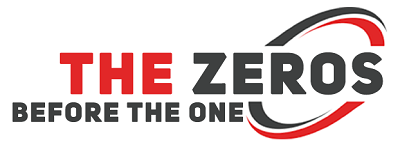Some disadvantages of LVT flooring include its susceptibility to scratches and dents, its potential to peel and warp over time, and its possible negative impact on indoor air quality. LVT flooring is not without its disadvantages. Some of them are given below:
- LVT flooring is not as durable as other types of flooring. This means that it is not suitable for high-traffic areas.
- LVT flooring can be damaged by sharp objects. This means that you will have to be careful with your furniture.
- LVT flooring can be slippery. This means that it is not suitable for areas where there is a lot of moisture.
- LVT flooring can be difficult to repair. This means that you will have to hire a professional if you want to repair it.
- LVT flooring is not suitable for areas where there is a lot of sunlight.
- It can be difficult to install.
- It can be damaged by water or other liquids.
Maintenance Tips for LVT Flooring
LVT is a durable and easy-to-maintain flooring option for busy homes and commercial spaces. Here are some maintenance tips to keep your LVT floors looking their best:
Vacuum or sweep your LVT floors regularly to remove debris and dirt. Mop your LVT floors regularly using a damp mop and a mild detergent.
Mop with a mild cleanser or floor cleaner specifically designed for LVT flooring.
Place mats at entryways to help reduce dirt and debris tracked into the home.
Place mats or rugs at entryways to reduce the amount of dirt and debris that is tracked into the home.
Avoid walking on LVT floors with high heels or other sharp objects that could damage the floor. In commercial spaces, place floor mats in high-traffic areas to reduce wear and tear.
LVT is a low-maintenance flooring option that is easy to clean and care for. Follow these tips to keep your LVT floors looking their best.
Cost considerations for LVT flooring.
When it comes to cost considerations for LVT flooring, the thing you need to remember is the more alluring the design, the more you will pay. The benefits of LVT flooring, however, are enough to outweigh the cost. LVT flooring is easy to install and you can do it yourself if you have the time and skills.
The cost of LVT flooring will vary depending on the quality of the product, the brand, the retailer, and the installation costs. Generally speaking, LVT flooring is more expensive than traditional flooring options such as carpet or linoleum.
The cost of LVT flooring will vary depending on the quality of the product, the size of the room, and the installation method.
LVT Flooring Cost & Installation Pricing
Expect the Luxury Vinyl Tile cost per square foot to range from $2 to $5. You may find some LVT flooring on sale for less than $2 per square foot, but that’s usually the basic product line. The more intricate or detailed designs may cost slightly more.













